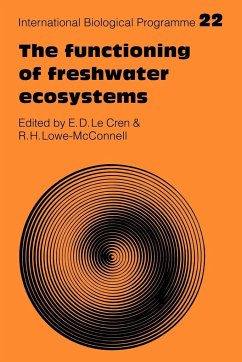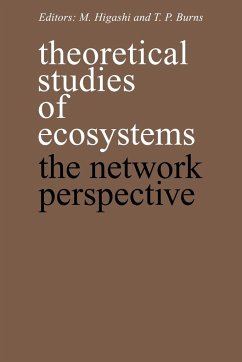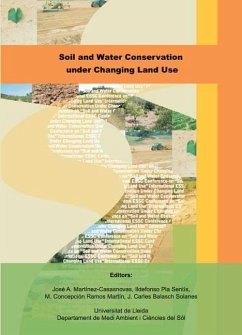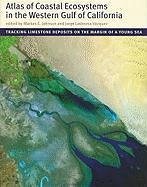
Terrestrial Ecosystems in Changing Environments
Versandkostenfrei!
Versandfertig in 1-2 Wochen
93,99 €
inkl. MwSt.

PAYBACK Punkte
47 °P sammeln!
Predicting how terrestrial ecosystems might respond in the future to large-scale human-generated changes is a major challenge for ecologists. In Terrestrial Ecosystems in Changing Environments, Herman H. Shugart describes the fundamental ecological concepts, theoretical developments, and quantitative analyses involved in understanding the responses of natural systems to change. The key ecological concepts described include the ecosystem paradigm, niche theory, vegetation/climate relationships, landscape ecology and ecological modelling. A variety of ecological models are presented, and their a...
Predicting how terrestrial ecosystems might respond in the future to large-scale human-generated changes is a major challenge for ecologists. In Terrestrial Ecosystems in Changing Environments, Herman H. Shugart describes the fundamental ecological concepts, theoretical developments, and quantitative analyses involved in understanding the responses of natural systems to change. The key ecological concepts described include the ecosystem paradigm, niche theory, vegetation/climate relationships, landscape ecology and ecological modelling. A variety of ecological models are presented, and their applications in predicting responses to change are considered. The challenge of producing ecological models capable of predicting long-term and large-area ecosystem dynamics is reviewed and several examples are provided. Finally, some of the exciting new findings regarding terrestrial landscapes and their feedback with their climatic setting are discussed in the context of human land-use and global change.
Table of contents:
Preface; 1. The importance of understanding ecosystem change; 2. The omnipresence of change; 3. Temporal scale, spatial scale and the ecosystem; 4. An introduction to ecological modelling; 5. Niche theory; 6. Vegetation and environment relations; 7. The mosaic theory of natural landscapes; 8. Individual-based models; 9. Consequences of gap models; 10. Landscape models; 11. Mosaic landscape models; 12. Spatially interactive landscapes; 13. Homogeneous landscape models; 14. Global change; References; Index.
One of the key challenges facing ecologists is to understand and predict the effect of human-induced changes such as pollution or long-term climate change. This book provides the ecological background needed to understand the prospects for predicting the changes in natural landscapes in response to changes in the environment.
A unique review of the problem of predicting the response of ecosystems to changed conditions.
Table of contents:
Preface; 1. The importance of understanding ecosystem change; 2. The omnipresence of change; 3. Temporal scale, spatial scale and the ecosystem; 4. An introduction to ecological modelling; 5. Niche theory; 6. Vegetation and environment relations; 7. The mosaic theory of natural landscapes; 8. Individual-based models; 9. Consequences of gap models; 10. Landscape models; 11. Mosaic landscape models; 12. Spatially interactive landscapes; 13. Homogeneous landscape models; 14. Global change; References; Index.
One of the key challenges facing ecologists is to understand and predict the effect of human-induced changes such as pollution or long-term climate change. This book provides the ecological background needed to understand the prospects for predicting the changes in natural landscapes in response to changes in the environment.
A unique review of the problem of predicting the response of ecosystems to changed conditions.












